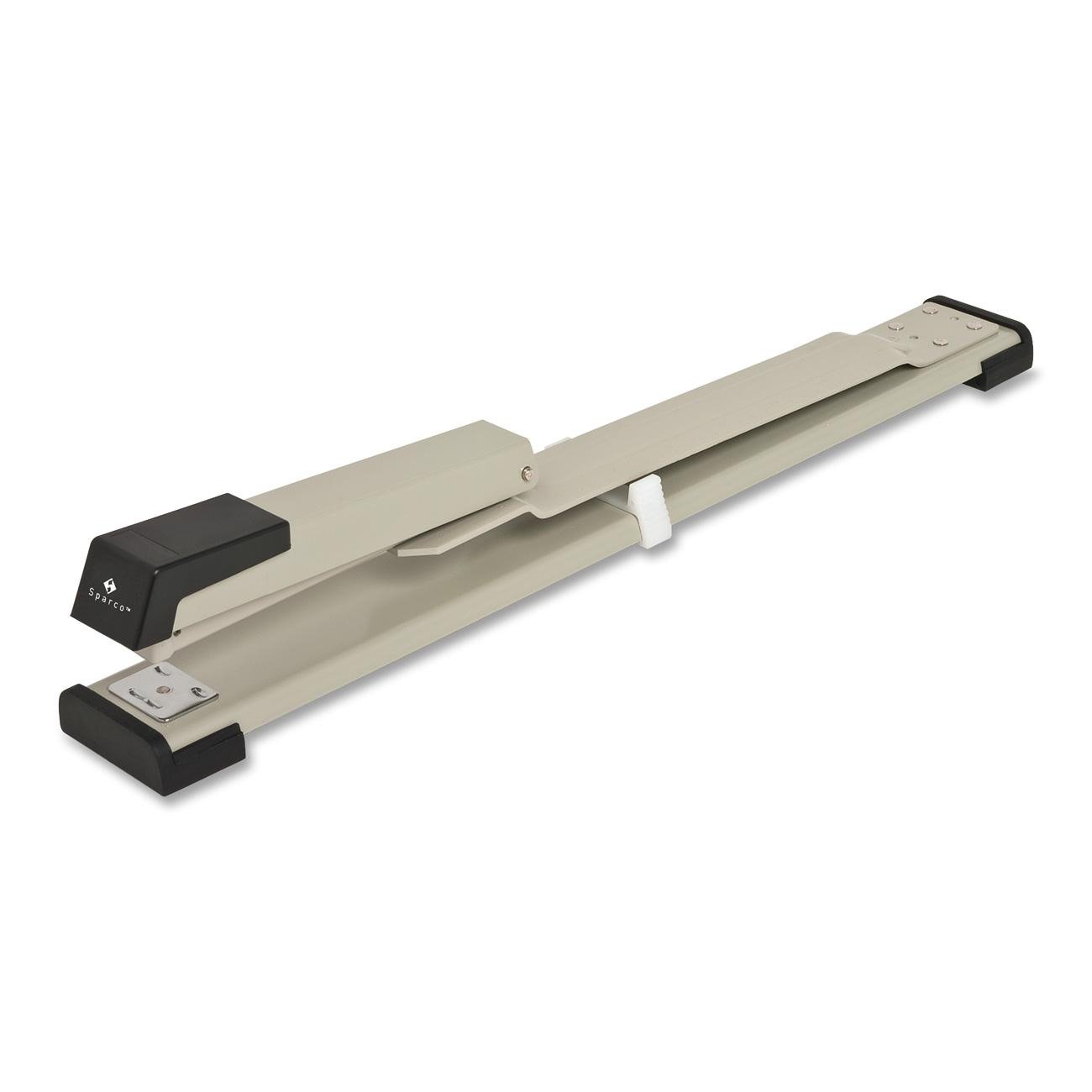So, you have a zine assignment, now what? Zines are a format frequently used to share ideas and information in low-cost, creative ways within a particular community. Zines are often used to share perspectives that are left out of mainstream media and publications, as well as fill knowledge gaps. You’ll need to consider the overall message of your zine, as well as the intended audience. When you write a paper it is intended for your instructor or professor only. Making a zine gives you an opportunity to consider another audience and purpose for your academic work.
|
|
|
Any zine assignment you create will likely require you to include perspectives other than your own, insight into current issues or politics, and so on. As you use information that you found somewhere else, it is important to use it responsibly, ethically, and strategically to communicate your ideas to your audience/readers. Here are some resources to help you start your research:
The Library of Congress presents the National Jukebox, which makes historical sound recordings available to the public free of charge. The Jukebox includes recordings from the extraordinary collections of the Library of Congress Packard Campus for Audio Visual Conservation and other contributing libraries and archives.
Gathering your Materials
Zines are meant to be creative works and as such are completely open to your artistic interpretation (within the parameters of the assignment). This means that the materials you use to create your zine can vary widely. In general, however, you want to use inexpensive materials that are easy to access. Some materials you may consider using are:
Visit the Cline Library MakerLab for access to all of the above materials (and more).
Consider your Creative Elements
Just like the in materials you use, you should feel empowered to express your creativity in your zine by incorporating different kinds of creative elements. No matter what you choose to include be sure to focus on hand-created elements and artwork. Most importantly, always draw/write using thick lines that can be easily recreated using scanners and photocopiers. Your zine might include:
Formatting your Zine
Zines also come in many different shapes and sizes, but a few formats are more common than others. The three most common zine sizes are based on standard printer-sized paper: 8.5” x 11”, 5.5” x 8.5”, and 2.75” x 4.25” (see examples below). Plan for pages in multiples of four and bind your zine by “saddle stitching.” Zines are typically reproduced via photocopying/scanning (scanners and printers are available throughout the Cline Library).
16 page “saddle stitched” zine 8 page “folded” mini zine



Extra-long staplers are available in the
MakerLab to help you saddle-stitch your zine.
Formatting a Zine in Microsoft Word


